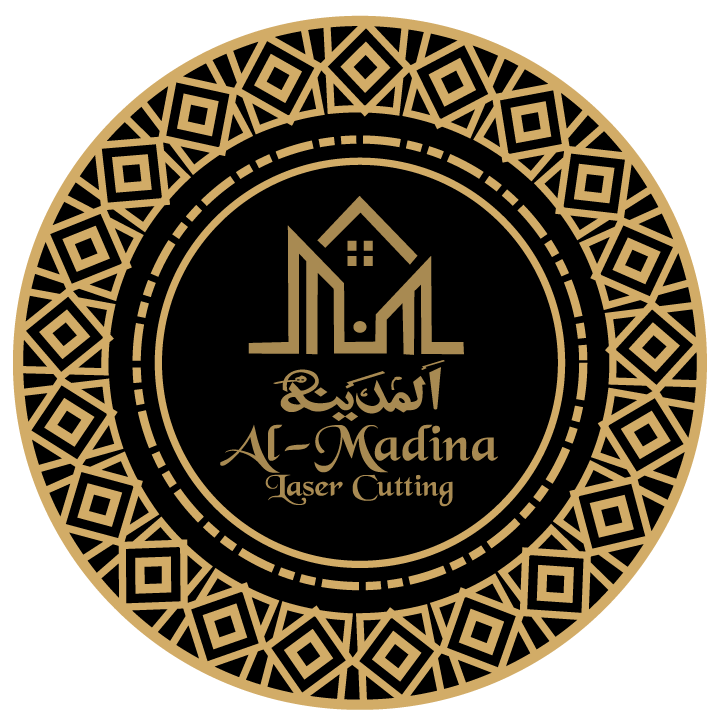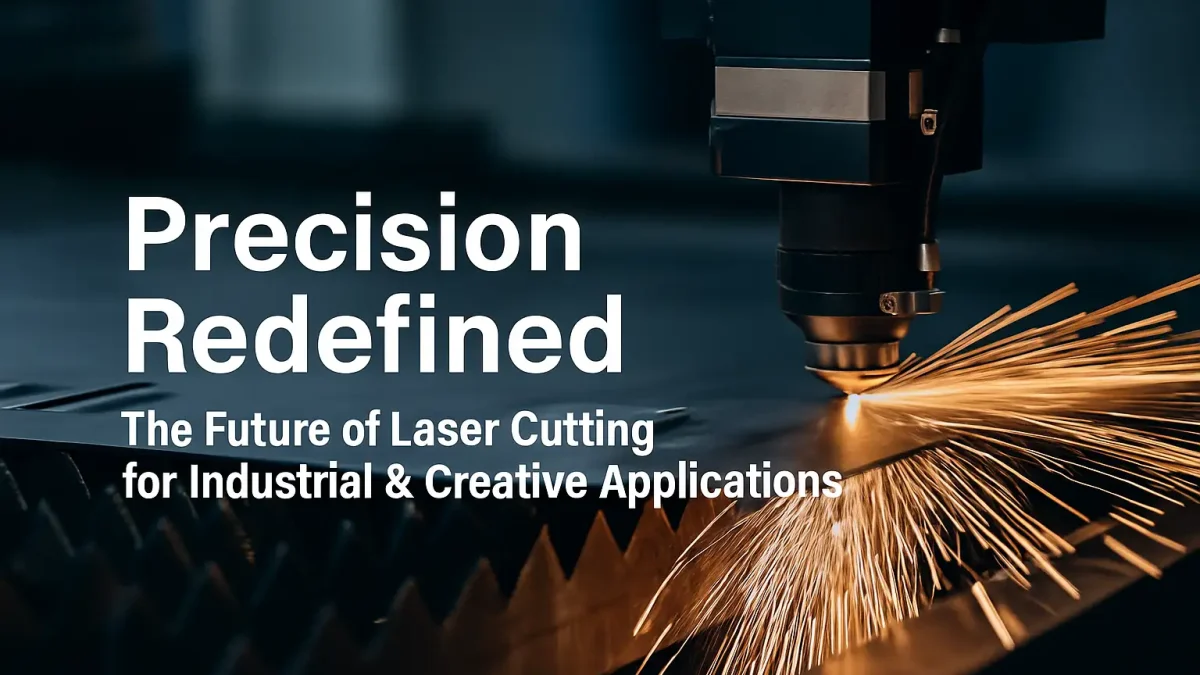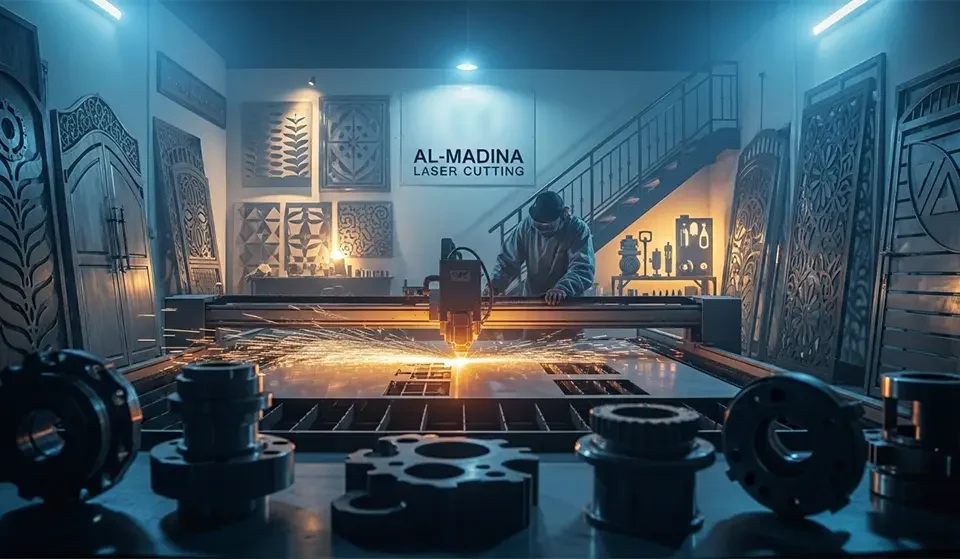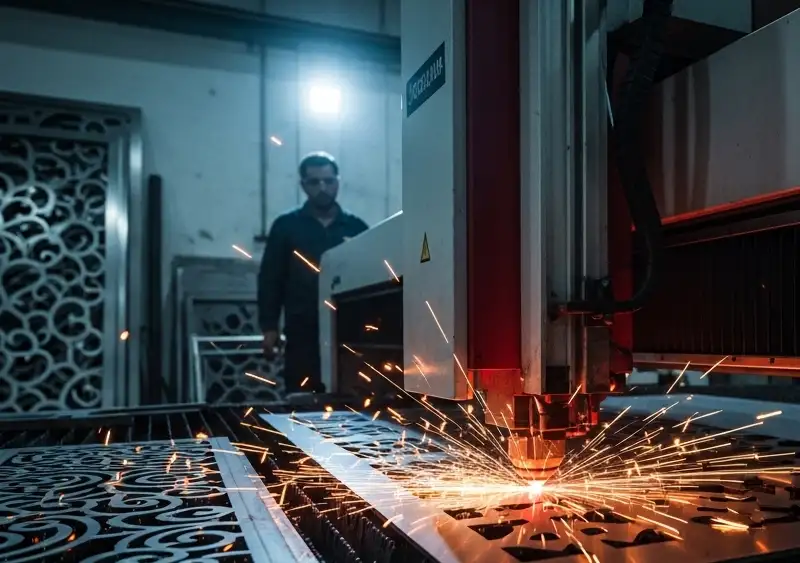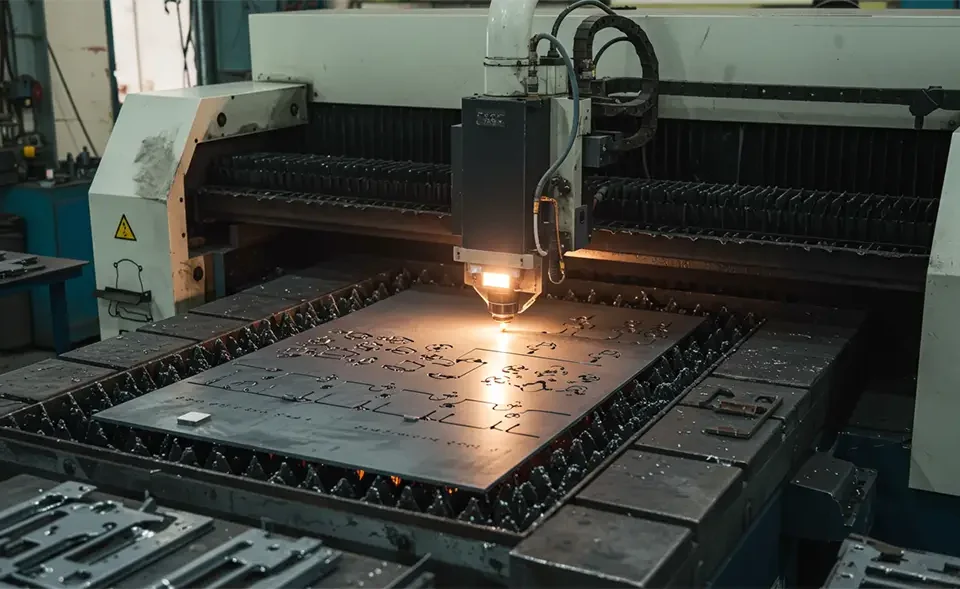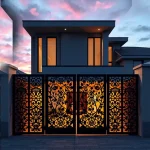
Gate Design Transformed: Laser Cutting Unlocks Breathtaking, Customized Looks
March 15, 2025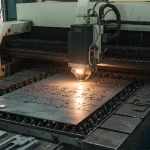
Professional Laser Cutting Services in Pakistan – Precision Metal Fabrication | Al Madina
September 13, 2025Laser cutting is no longer a luxury for industrial giants — it has become a critical tool across small businesses, artisans, manufacturers, and even interior designers. At its core, laser cutting is a precise, clean, and efficient process that uses a high-powered laser beam to cut through various materials, most commonly metal. But it’s more than just slicing steel. It’s about creating intricate patterns, customized shapes, and perfect finishes with minimal waste.
Over the last decade, laser cutting has gained massive traction in Pakistan’s growing manufacturing sector, particularly in cities like Lahore, Karachi, and Faisalabad. From metal stair railings to decorative gate designs, from mechanical parts to signage, this technology has found its place in nearly every niche. This article explains what laser cutting is, how it works, and how it’s shaping the future of modern design and manufacturing.
How Laser Cutting Works: A Quick Breakdown
Laser cutting works by focusing a beam of light (usually CO2 or fiber laser) into a tiny point on the surface of a material. That point heats up instantly and melts or vaporizes the material, allowing the machine to slice through it. The cutting process is guided by a computer-controlled CNC system that follows a digital design — ensuring accuracy down to fractions of a millimeter.
This technique allows for cutting complex shapes, fine details, and multi-layered patterns, especially in materials like:
-
Mild steel
-
Stainless steel
-
Aluminum
-
Copper
-
Acrylic
-
MDF and more
The biggest advantage of laser cutting is non-contact cutting, meaning there’s no physical pressure on the material. This eliminates damage, reduces warping, and enhances the quality of cuts — ideal for delicate or intricate jobs.
Key Benefits of Laser Cutting in Modern Industry
Here’s why laser cutting is a go-to solution for both industrial and creative applications:
-
Unmatched Precision
Laser cutting offers precision that traditional cutting tools cannot match. Whether you need a single prototype or a mass production batch, each piece comes out perfectly identical. -
Minimal Waste
Thanks to its narrow kerf and precision pathing, laser cutting reduces material wastage — saving money and the environment. -
Fast Turnaround
Automated setups and CNC systems allow for quick execution. Complex patterns can be cut in minutes, not hours. -
Low Maintenance & Cost-Effective
Compared to traditional machinery, laser cutting machines require minimal mechanical upkeep. Plus, faster production means lower per-unit cost. -
Highly Versatile
From intricate artistic designs to industrial gear parts, laser cutting adapts to nearly any task with ease.
Applications of Laser Cutting: Where It’s Used
Laser cutting has touched nearly every industry:
-
Architectural Designs: Laser-cut metal is widely used in stair railings, room partitions, ceilings, and wall art.
-
Automotive Industry: Custom gears, brake parts, and exhaust systems rely on precision laser cutting.
-
Interior & Exterior Gates: Stylish, decorative laser-cut gates are now trending for both homes and commercial properties.
-
Advertising & Signage: 3D acrylic signs, metal boards, and branded installations often use laser-cut elements.
-
Furniture Industry: Decorative panels, metal table frames, and chair backs are all popular laser applications.
-
Mechanical & Engineering Sectors: Prototypes and customized machine parts are efficiently created through laser cutting.
-
Event Decoration: Wedding backdrops, logos, and stage elements are now laser-crafted for elegance and speed.
Why Laser Cutting is the Future
As technology evolves, so does laser cutting. The latest advancements in fiber lasers and automated software have made this process even faster, more energy-efficient, and more eco-friendly. Additionally, the integration with AI and 3D printing opens new possibilities for design and engineering.
For businesses in Pakistan, investing in laser cutting technology or partnering with a reliable service provider can offer a competitive edge. Whether you’re a builder, metal fabricator, designer, or artist, laser cutting enables you to deliver high-end results — consistently and affordably.
FAQs About Laser Cutting
1. What materials can be laser cut?
Most commonly, mild steel, stainless steel, aluminum, acrylic, MDF, and plywood are laser cut.
2. Is laser cutting better than plasma cutting?
Laser cutting offers finer details and more precise cuts, while plasma is ideal for thicker materials and faster cuts.
3. How much does laser cutting cost in Pakistan?
Costs vary by design complexity, thickness, and material, but it’s cost-effective for both short and long runs.
4. Can laser cutting be used for home décor?
Yes! Laser cutting is perfect for decorative wall art, stair railings, and room dividers.
5. How long does laser cutting take?
It depends on the design and quantity, but typical jobs take 1–3 days.
6. Is it safe for the environment?
Yes. With proper fume extraction and waste management, laser cutting has a minimal environmental footprint.
7. What file formats are used for laser cutting?
Most commonly: .DXF, .AI, .CDR, .SVG, and sometimes PDF for simple shapes.
8. Do I need to polish or paint after laser cutting?
Optional. Laser cutting provides a clean finish, but painting or powder coating enhances the final look.
9. What’s the minimum order size?
Most companies accept single piece jobs as well as bulk orders.
10. Can I use my own design?
Absolutely. Laser cutting thrives on custom designs from clients.
